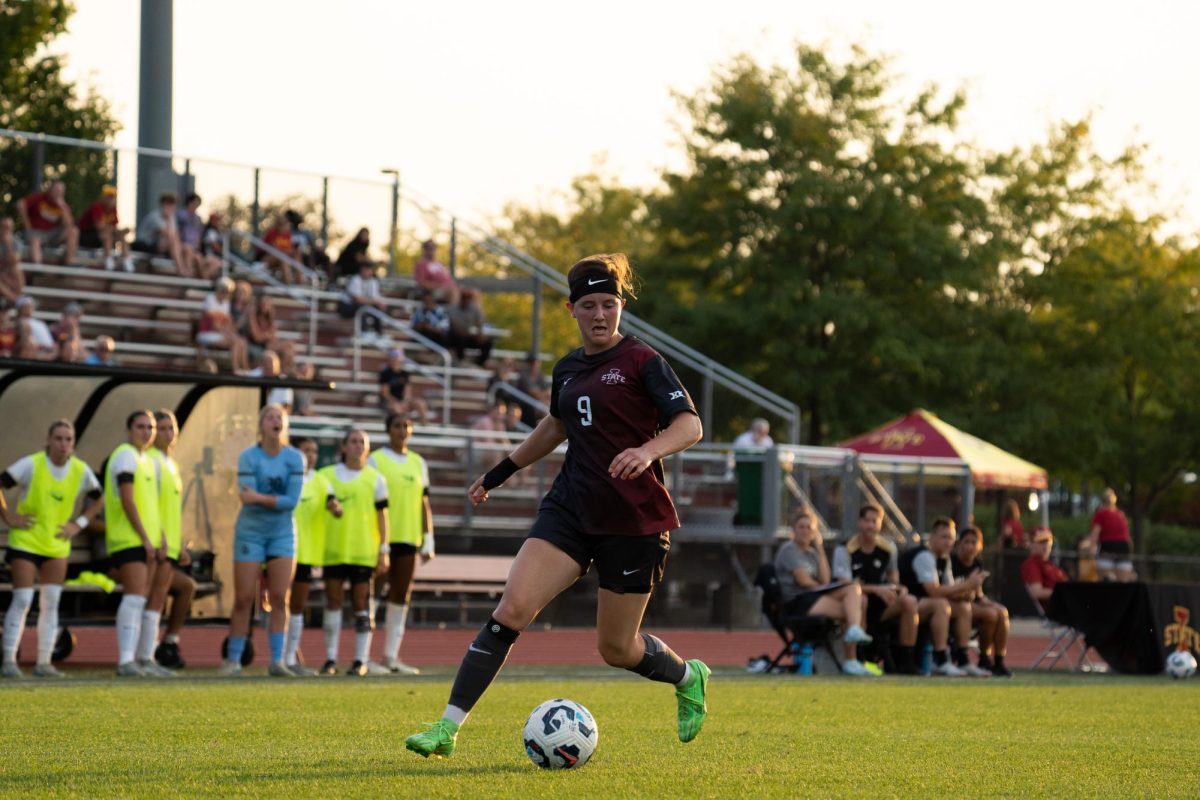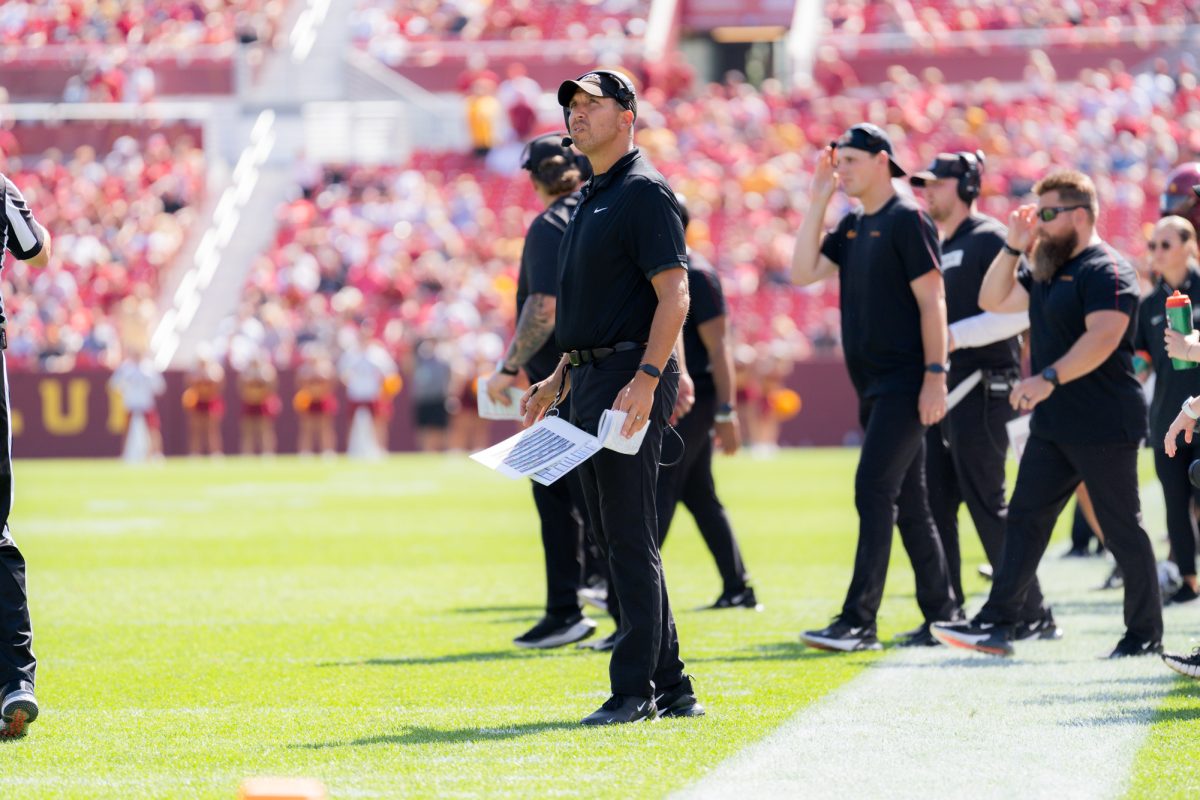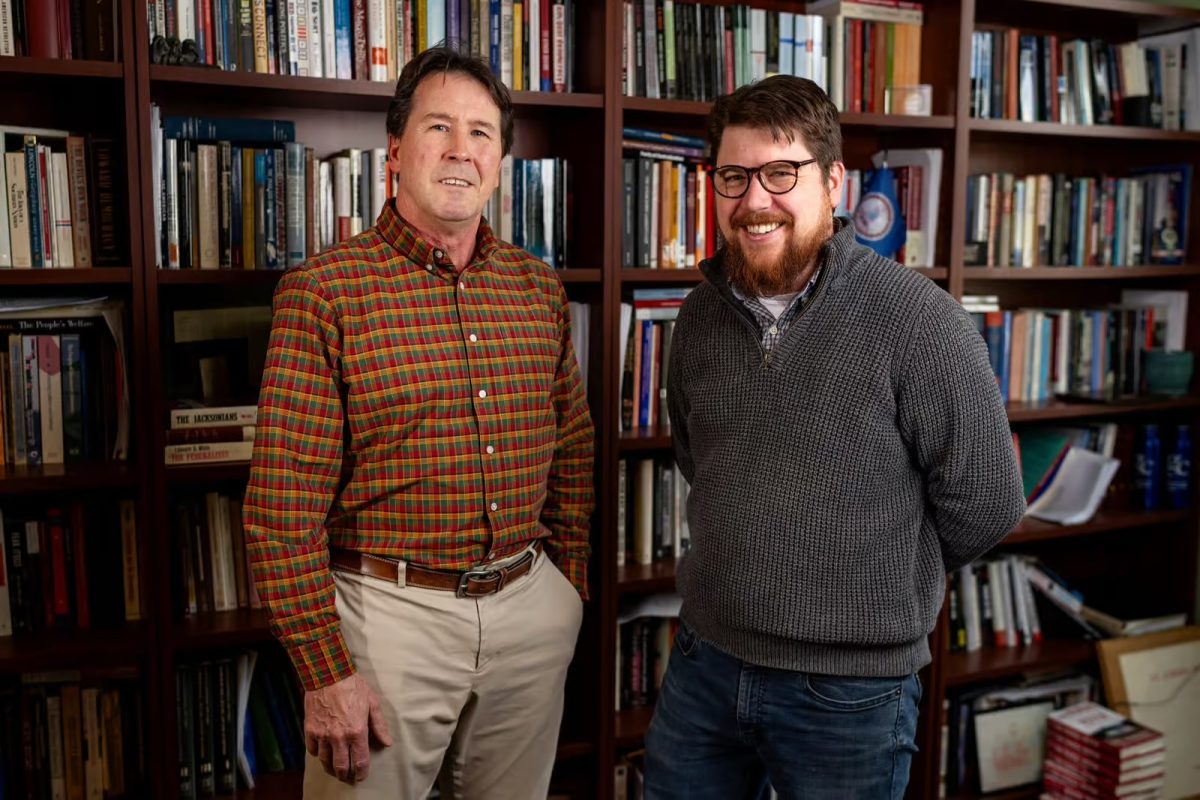ISU ROTC short on students
February 9, 2000
Just as the Armed Forces are struggling to meet recruiting and retention goals nationwide, ISU ROTC programs are having to work harder to keep their numbers up.
Though they are currently meeting their goals at Iowa State, recruiters are trying to get the word out about their programs.
“The problem with recruiting here at ISU is students are not aware of the scholarships and opportunities the ROTC programs offer,” said Second Lt. April Verlo, assistant recruiting officer for the Army ROTC at Iowa State.
A strong U.S. economy and the resulting lack of interest in the military as a career field are forcing today’s Armed Forces to change the way they do business. In response, the Armed Forces are raising pay scales and bonuses, retirement pay and other benefits in an effort to become more competitive with the civilian sector.
“The problem is students just don’t consider the military a career option,” said Air Force Col. Ken Schindele, professor and chair of air force aerospace studies.
One problem with recruiting is lack of knowledge about the ROTC, said Army Capt. Leif Gunhus, ISU recruiting officer for the Army ROTC.
“Twenty years ago, everyone knew what ROTC was,” Gunhus said. “As the population grows older, kids have less and less contact with people who were in the military and, as a result, know less about it. They just aren’t as interested today.”
Army ROTC at Iowa State has an annual goal of commissioning 18 officers, and the Air Force’s goal is 15 officers. Neither program has a problem meeting these goals.
The Navy ROTC program also actively recruits at Iowa State, said Navy Lt. Casey Johnson.
Recruiting and retention problems in the nation’s Armed Forces result from a number of issues related to the force’s recent downsizing, said Lt. Col. Thomas W. Johnson, professor and chair of military science and tactics.
He said a heavy work load due to lack of personnel and frequent deployments to places such as Bosnia and the Middle East deter some service members from re-enlisting. Also, low salaries and limited benefits hinder new enlistments.
Last year, the national Air Force did not meet its recruiting goals in relation to the number of pilots it needs. In fiscal year 1999, the Air Force fell short of full strength by 855 pilots, Schindele said. He added that by fiscal year 2002, Air Force officials expect to be short by more than 2,000 pilots.
Pay raises are being implemented to narrow the gap between military and civilian salaries and attract more people to the Armed Forces, said Air Force Capt. Todd Bergman, adjunct instructor of air force aerospace studies.
“Statistics show that there is approximately a 13 percent difference in pay between an officer in the Armed Forces and a guy on the outside in the same occupation,” he said.
Bergman said the Armed Forces are giving officers pay raises that are 0.5 percent over the rate of inflation. By an officer’s fourth year in the military, Bergman said he or she is earning an average of $50,000 per year.
ROTC programs at Iowa State offer a variety of scholarships to attract students to the officer corps.
Both the Air Force and Army ROTC programs offer three- and four-year scholarships for students entering the program straight out of high school, and two- and three-year scholarships are available for freshmen and sophomores already enrolled at Iowa State or transfer students from junior colleges.
Army ROTC scholarship recipients receive up to $16,000, with an additional $450 for books and fees.
Air Force ROTC scholarships of $3,000 are awarded to ISU candidates as well as $450 for fees and books. Some cadets also qualify for a $200 per month stipend while they are in school. Express Scholarships are available for students in career fields needed by the Air Force such as meteorology or electrical engineering.






